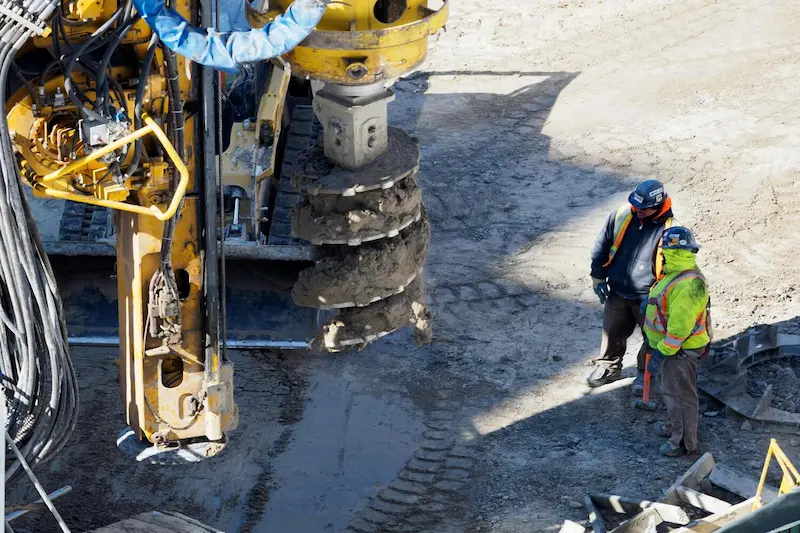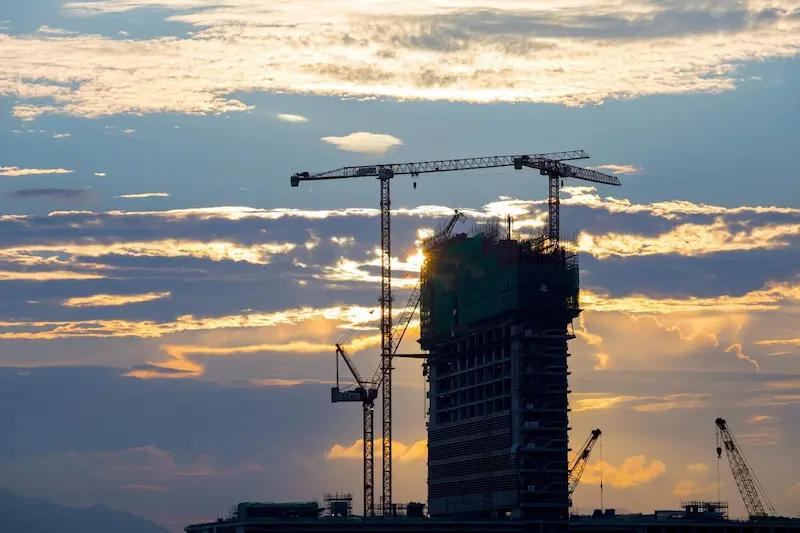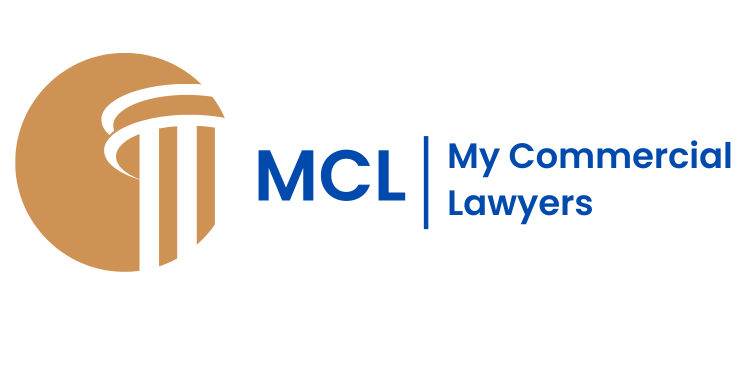Introducing the Building Safety Levy (Autumn 2025)
Every major residential development in England will soon carry a mandatory tax that cannot be avoided, delayed, or negotiated. From October 2026, developers building 10 or more homes face charges that could reach £100 per square metre in high-value areas.
The Government will extract £3.4 billion from the construction industry over the next decade to fund safety repairs in buildings with existing defects. No completion certificates will be issued until the Levy is paid in full, meaning buildings cannot be occupied until payment is complete. Any project starting the building control process after October 2026 will pay the full charge.
Getting ahead of these costs could make the difference between a viable project and a failed one. Talk to us today. Our construction law specialists can guide you through the Levy requirements and help safeguard your development plans.

What is the Construction Safety Act in the UK?
The Building Safety Act 2022 was introduced following the Grenfell Tower tragedy in June 2017, which claimed 72 lives. This legislation came into force on 6 April 2024 and fundamentally reformed building safety standards for residential buildings across England.
The Act created new regulatory bodies and stricter safety requirements. It also granted the Government the power to impose a separate charge on developers to fund remediation work. This charge is the Building Safety Levy.
The Act established the Building Safety Regulator to oversee building safety and performance, with particular focus on higher-risk buildings defined as 18 metres or taller, or at least seven storeys. The legislation created new duty holder responsibilities for Principal Designers and Principal Contractors, requiring them to manage building safety risks throughout design, construction, and completion.
It also introduced a Gateway process for building control approval and mandatory occurrence reporting requirements for safety incidents. These changes fundamentally altered how the construction industry approaches residential building safety.
The two work together. The Act provides the legal framework, while the Levy provides the funding mechanism to fix historic building safety defects in existing buildings. This approach ensures leaseholders and taxpayers do not bear remediation costs, placing the financial responsibility on the development industry instead.
Originally planned for earlier implementation, the Levy has been postponed to 1 October 2026. The draft regulations were laid in Parliament in July 2025 and remain subject to Parliamentary approval.

Does the Building Safety Act Apply to New Buildings?
The Levy applies to new residential developments in England requiring building control approval, regardless of building height. The client is liable for the charge if the project meets three conditions:
- The development must be a major residential project. This means 10 or more new dwellings, or 30 or more new bedspaces for purpose-built student accommodation. Submitting multiple applications for fewer than 10 dwellings will not avoid the Levy if the planning permission covers a major development.
- The works must create new residential floorspace. This includes constructing new buildings, converting non-residential buildings to residential use, or adding extensions that create new dwellings or bedspaces.
- The client must not be a non-profit registered provider of social housing or their wholly owned subsidiary.
Development types affected include privately owned houses and flats, Build to Rent schemes, purpose-built student accommodation, retirement housing, and conversions to residential use.
Developments that started the building control process before October 2026 will not be subject to the Levy. This is a critical cut-off point for projects already underway.
The Levy is calculated per square metre of floorspace, including communal areas. Rates vary by local authority based on average house prices in each area.
Kensington and Chelsea have the highest rate at £100.35 per square metre. County Durham has the lowest at £12.70 per square metre. The mean rate across England is £33 per square metre.

What Developments Are Exempt?
Certain developments do not pay the Levy. These include:
- Social housing
- Shared ownership dwellings
- First Homes sold at 70% of market value or less
- Supported housing provided by local authorities, housing associations, charities, or voluntary organisations
- Hospitals, care homes, hospices and prisons
- Hotels and hostels
- Schools, children’s homes and temporary homeless accommodation
- Developments under 10 units
- Purpose-built student accommodation with fewer than 30 bedspaces
- Internal refurbishments and home extensions that do not create new dwellings
Are Building Regulations Mandatory in the UK?
Building regulations have always been mandatory in the UK. The Levy introduces a new financial enforcement layer that directly impacts project completion.
Developers cannot obtain the completion certificates required under building regulations until the Levy is paid in full, creating an unavoidable link between regulatory compliance and payment.

How Payment Works
Local authorities administer the Levy and calculate the charges. Developers must submit information at two stages:
- At the application stage, provide planning permission details and the number of dwellings or bedspaces
- At the commencement stage, confirm exemption status, brownfield land status, and the Gross Internal Area of chargeable floorspace
The local authority then calculates the amount due within five weeks, or eight weeks if a spot check is required, and issues a levy liability notice stating the amount payable.
What This Means for Your Business
The October 2026 implementation date provides time to prepare, but early planning is essential. Projects currently in development should include Levy costs in financial assessments now rather than waiting until implementation. Developments with tight profit margins may no longer be financially viable once Levy charges are included.
Getting the numbers right early could be the difference between a smooth project and mid-construction problems. Developers need to understand their obligations and calculate potential liability as part of project planning. Identifying available exemptions may also reduce your costs for any major residential development in England.
Our construction law specialists can help you assess your Levy liability, identify available exemptions, and ensure compliance with the new requirements. Contact us today to discuss how these changes affect your development projects.
